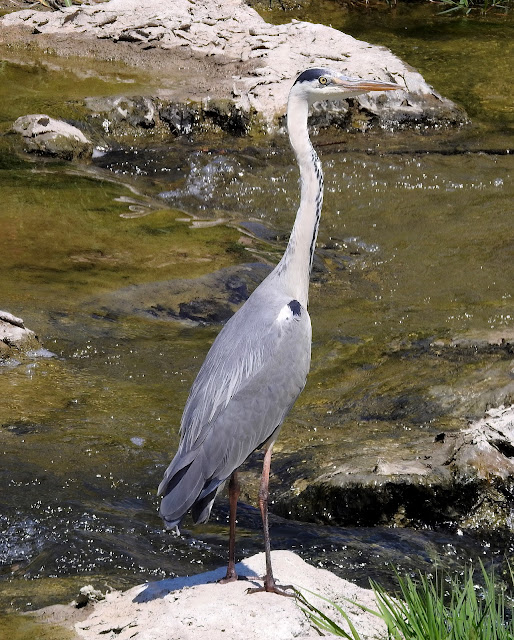Etlingera elatior (also known as torch ginger, ginger flower, red ginger lily, torchflower, torch lily, wild ginger, combrang, kecombrang, bunga kantan, Philippine wax flower, Indonesian tall ginger, boca de dragón, rose de porcelaine, dala , and porcelain rose) is a species of herbaceous perennial plant in the family Zingiberaceae; it is native to Thailand, Malesia and New Guinea.
In North Sumatra (especially among the Karo people), the flower buds are used for a stewed fish dish called Arsik ikan mas (Andaliman/Sichuan pepper-spiced carp). In Bali, people use the white part of the bottom part of the trunk for cooking chilli sauce called "Sambal Bongkot", and use the flower buds to make chilli sauce called "Sambal Kecicang".
In Thailand, it is eaten in a kind of Thai salad preparation. In Malaysia, the flower is an essential ingredient in cooking the fish broth for a kind of spicy sour noodle soup called "Asam Laksa" (AKA "Penang Laksa"), in the preparation of a kind of salad called Kerabu and many other Malay dishes. The fruit is also used in Indonesian cooking.
The showy pink flowers are used in decorative arrangements, and are an important ingredient across Southeast Asia.









%201.jpg)









%201.jpg)




%201.jpg)
%202.jpg)
%201.jpg)


%201.jpg)
%20l.jpg)
%201.jpg)
%202.jpg)

%201.jpg)
%201.jpg)
%202.jpg)




%201.jpg)







